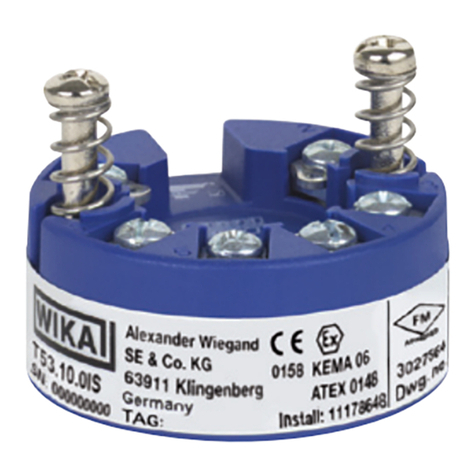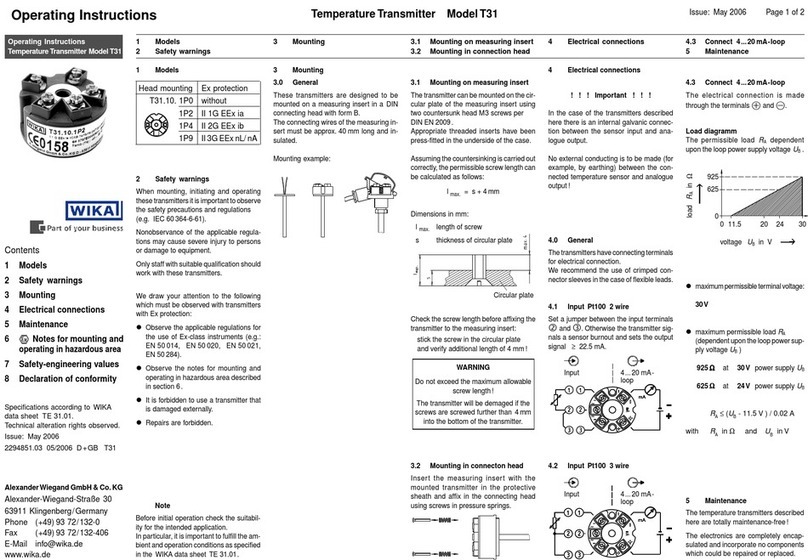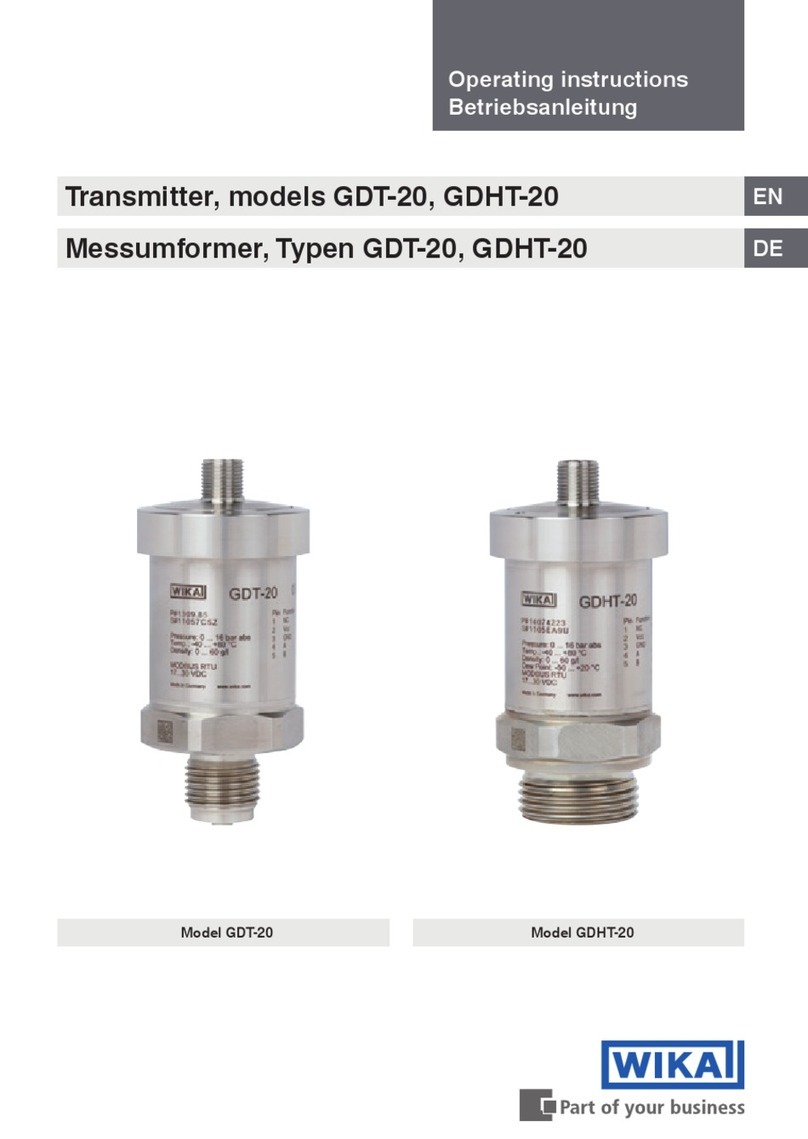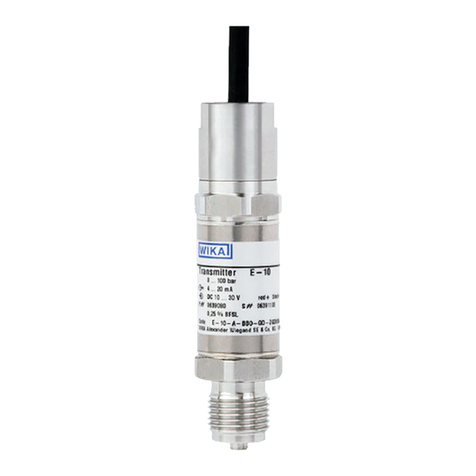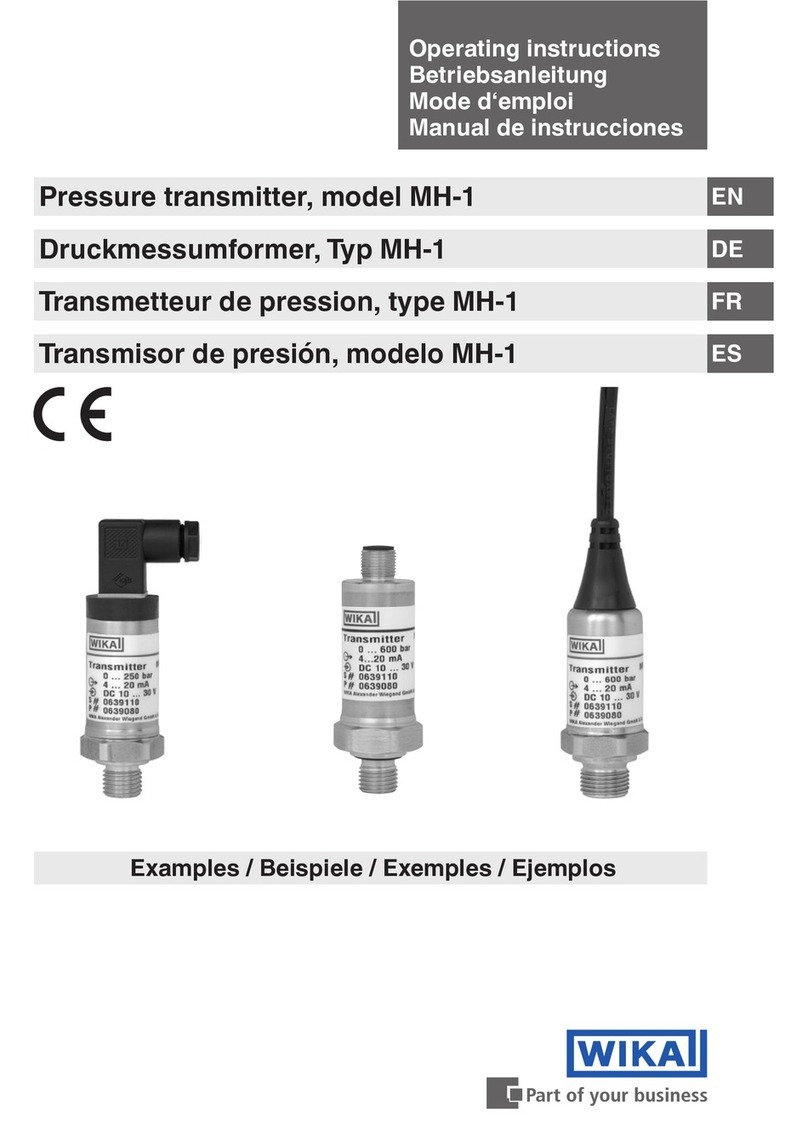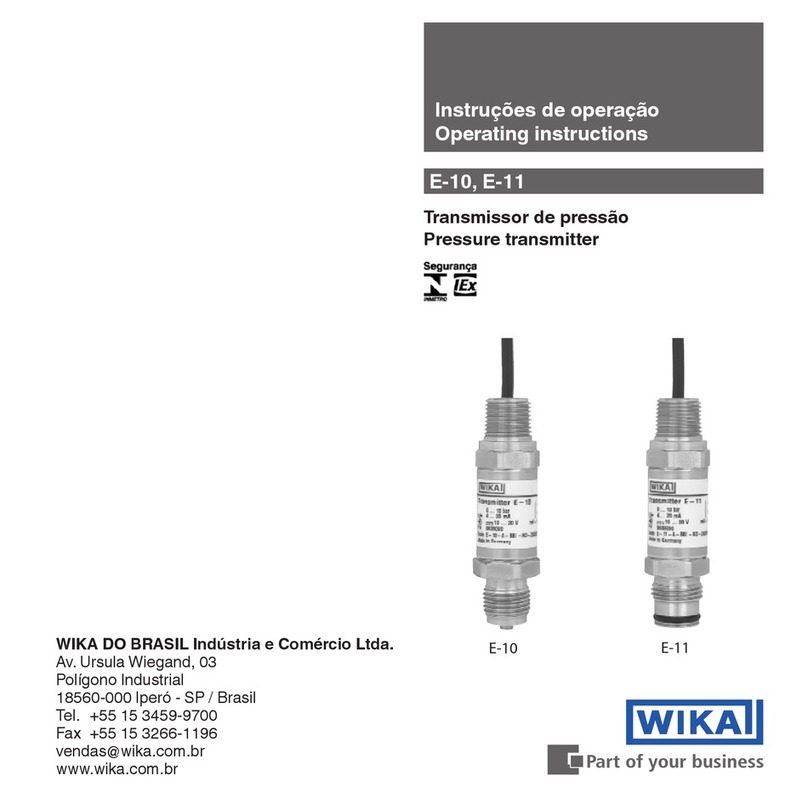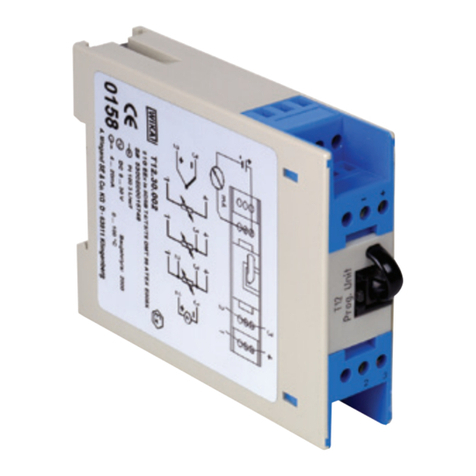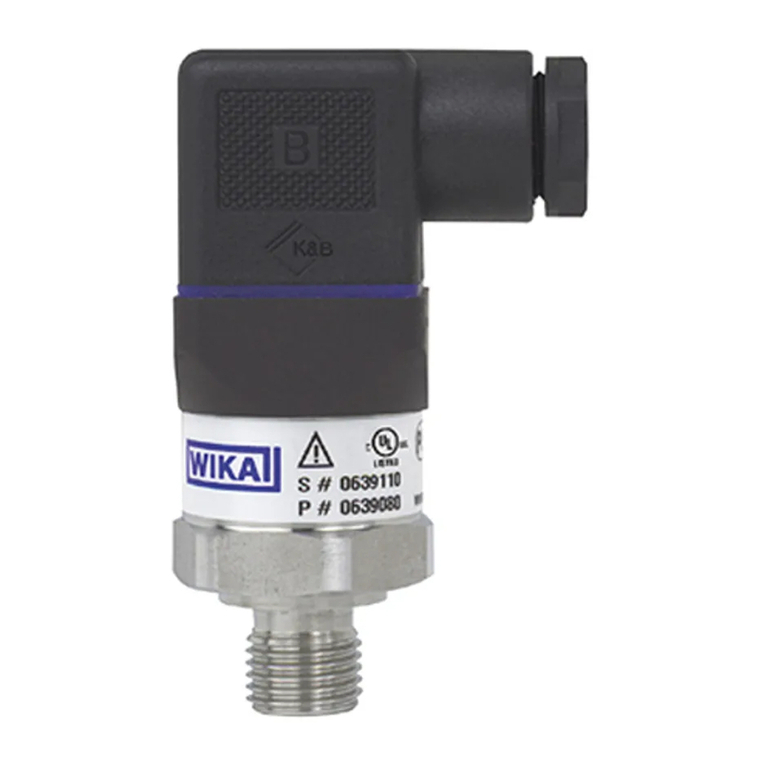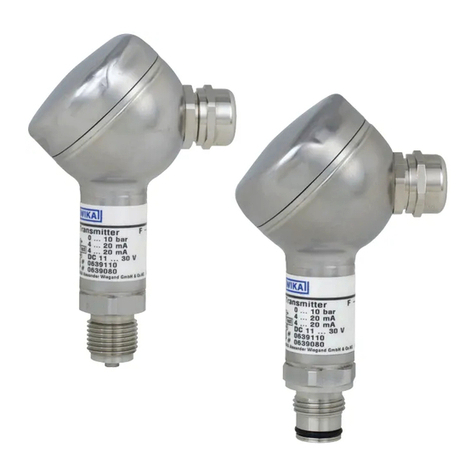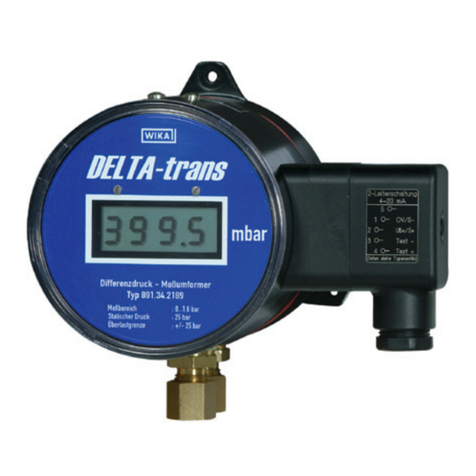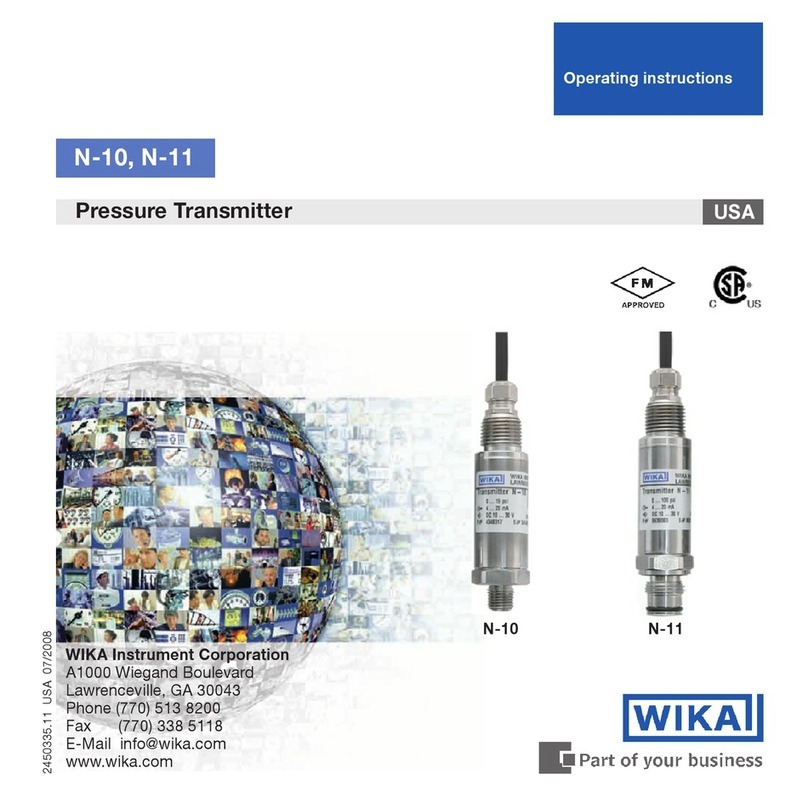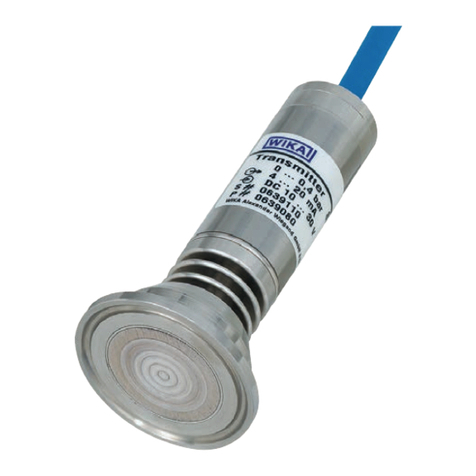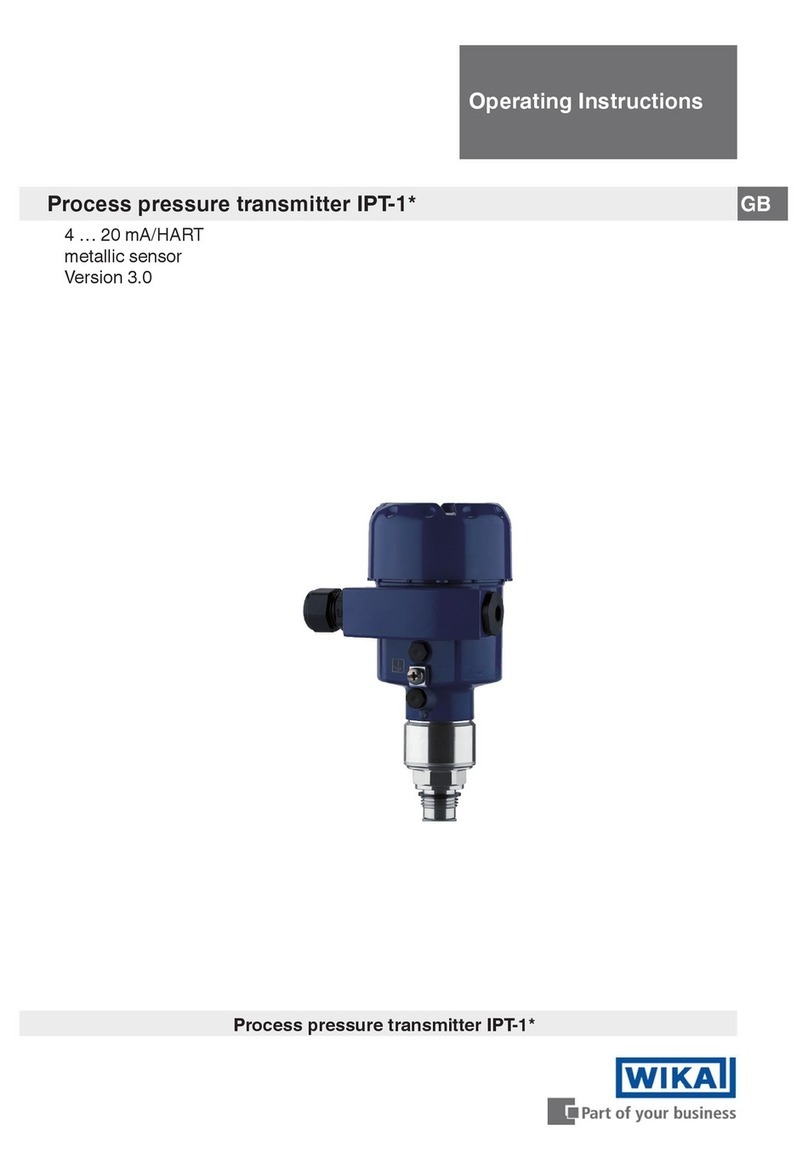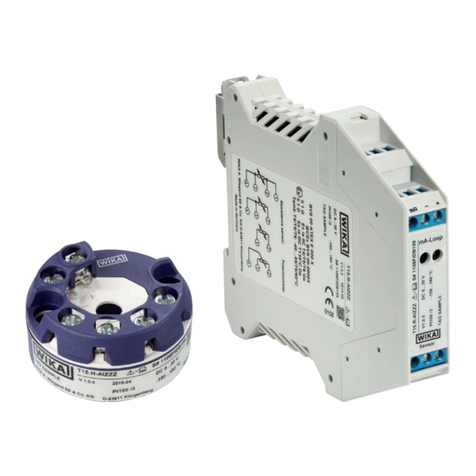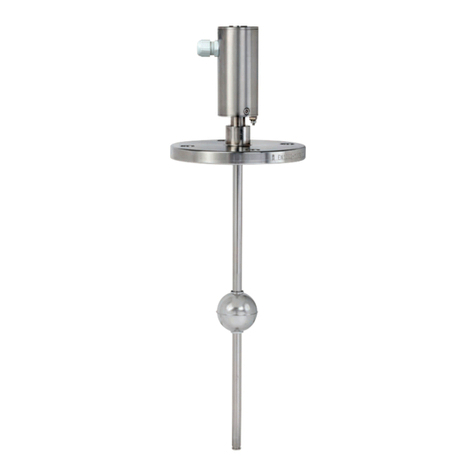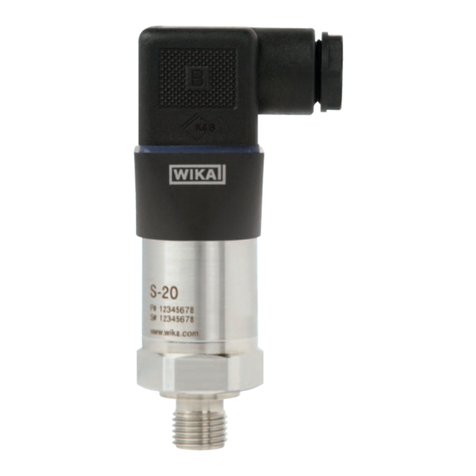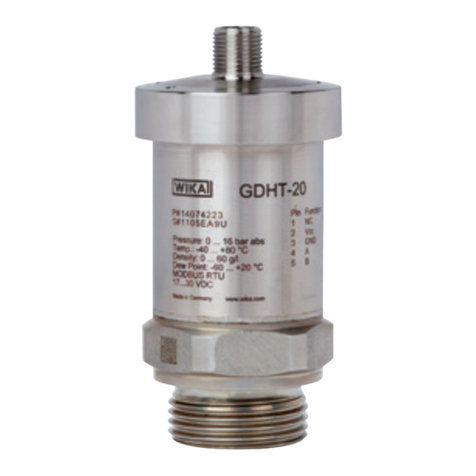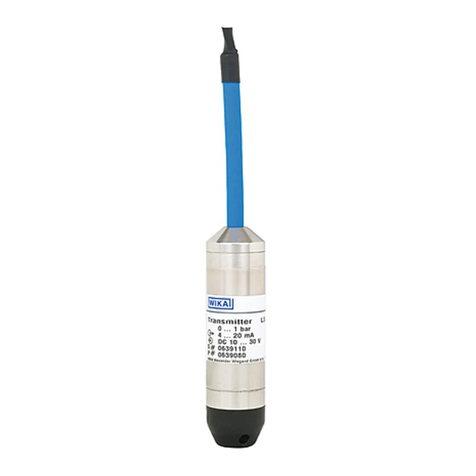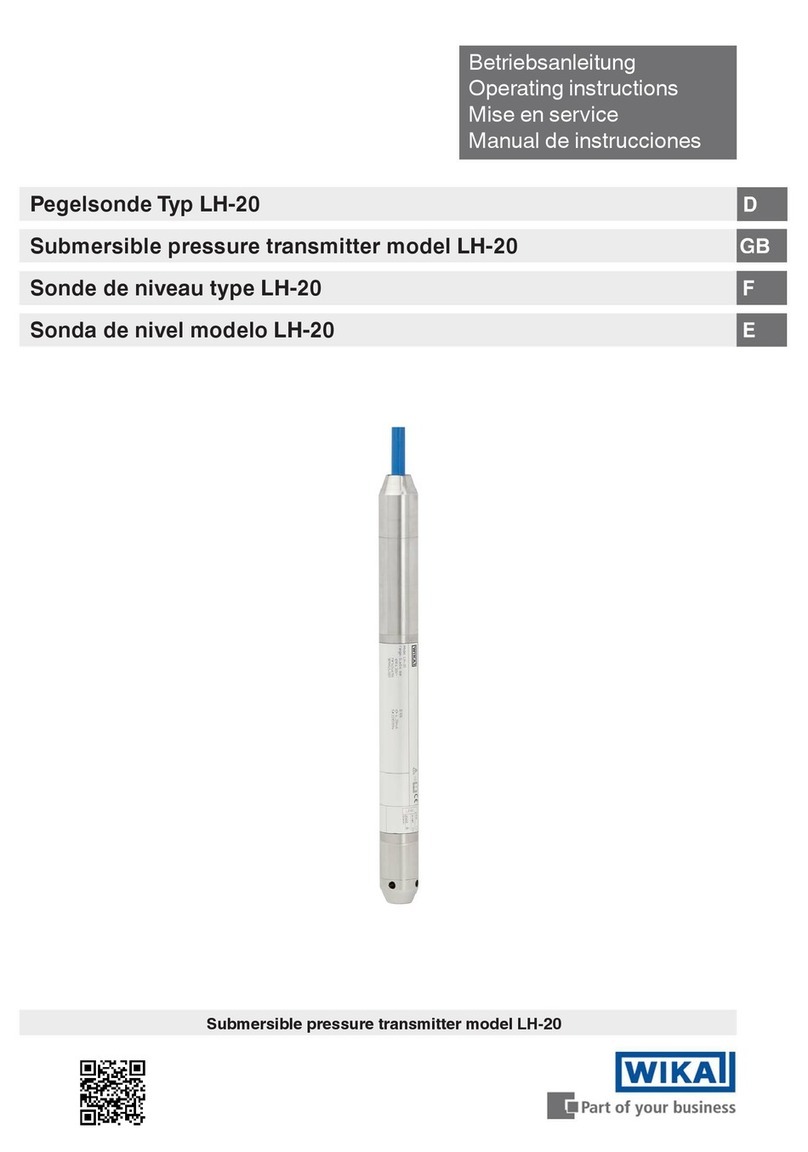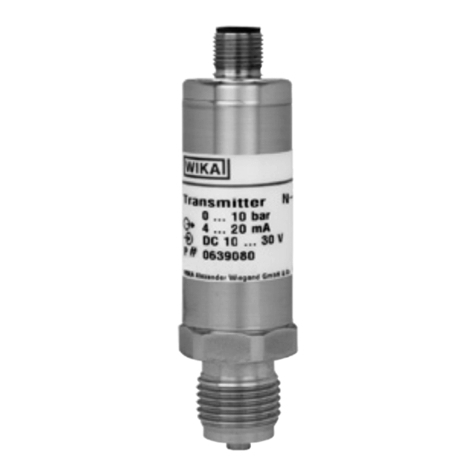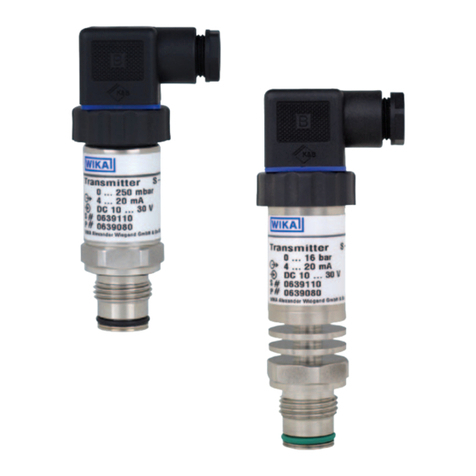
6WIKA operating instructions pressure transmitter, model S-11
EN
14043046.02 08/2019 EN/DE/FR/ES
2. Safety
2. Safety
WARNING!
Before installation, commissioning and operation, ensure that the appropriate pressure transmitter has
been selected in terms of measuring range, design and specic measuring conditions.
Non-observance can result in serious injury and/or damage to equipment.
WARNING!
■
Open the connections only after the system has been depressurised.
■
Observe the working conditions in accordance with chapter 3 “Specications”.
■
Always operate the pressure transmitter within the overpressure limit.
Further important safety instructions can be found in the individual chapters of these operating
instructions.
2.1 Intended use
The pressure transmitter is used to convert pressure into an electrical signal indoors and outdoors.
The instrument has been designed and built solely for the intended use described here, and may only be used
accordingly. The technical specications contained in these operating instructions must be observed. Improper
handling or operation of the pressure transmitter outside of its technical specications requires the instrument to be
taken out of service immediately and inspected by an authorised WIKA service engineer.
The manufacturer shall not be liable for claims of any type based on operation contrary to the intended use.
2.2 Personnel qualication
WARNING!
Risk of injury should qualication be insucient!
Improper handling can result in considerable injury and damage to equipment.
The activities described in these operating instructions may only be carried out by skilled personnel who
have the qualications described below.
Skilled personnel
Skilled personnel are understood to be personnel who, based on their technical training, knowledge of measurement
and control technology and on their experience and knowledge of country-specic regulations, current standards and
directives, are capable of carrying out the work described and independently recognising potential hazards.
Special operating conditions require further appropriate knowledge, e.g. of aggressive media.






